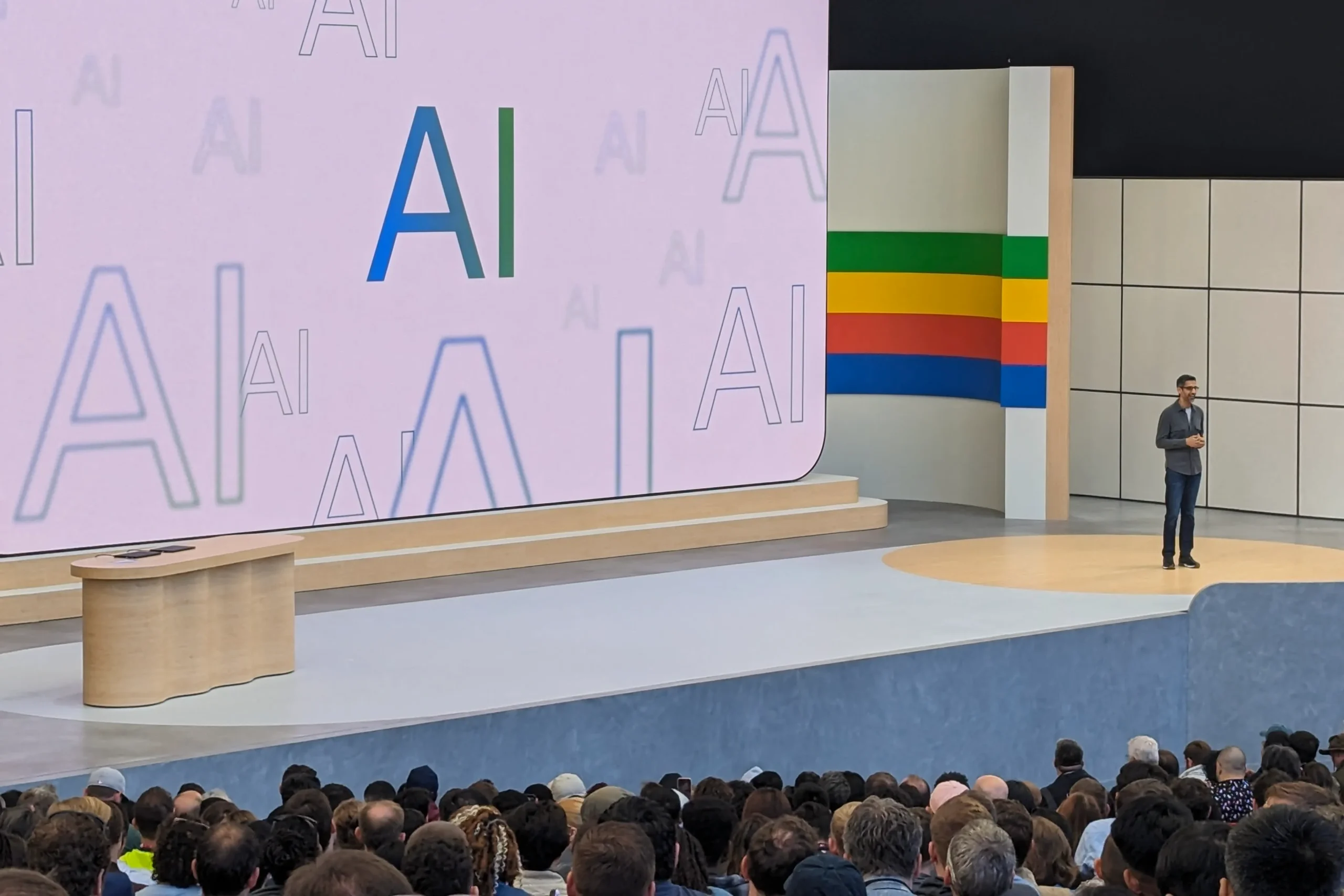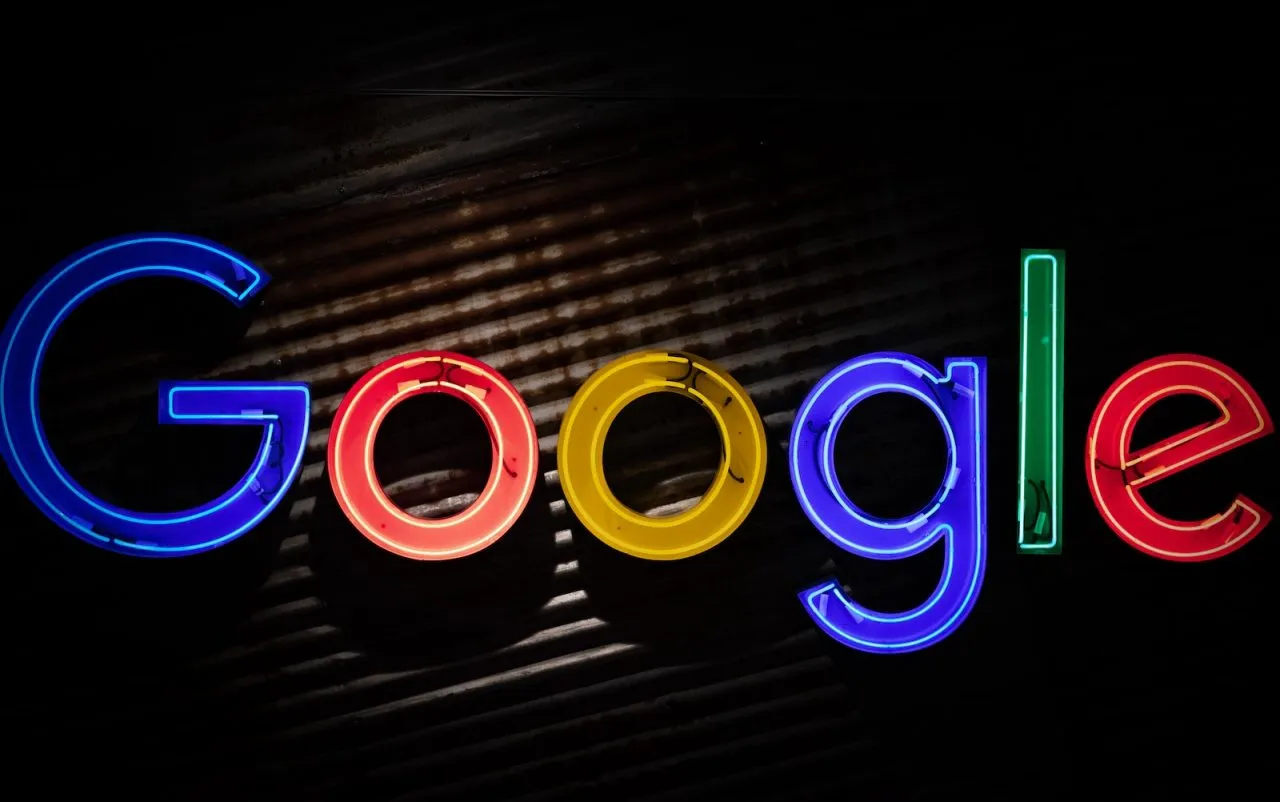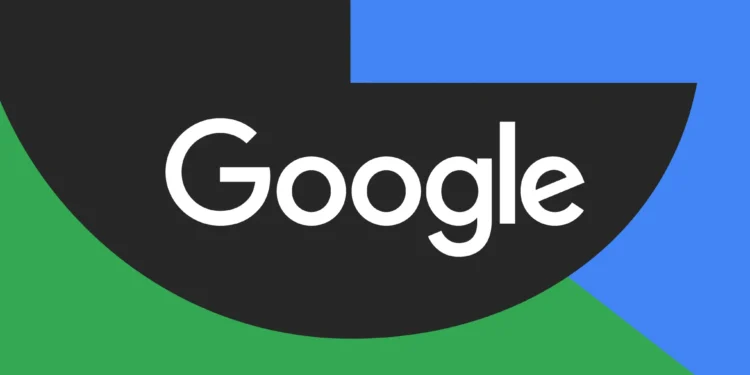Google is set to revolutionize how it interacts with younger users by integrating machine learning technology to estimate their age more accurately. This innovative move, aimed at providing age-appropriate experiences across its platforms, marks a significant step in online child safety and data management.

Navigating the Age Estimation Landscape
YouTube CEO Neal Mohan shed light on Google’s new strategy to estimate a user’s age using a machine learning model. Initially rolling out in the US, this model leverages a wealth of data, including users’ browsing histories, video preferences on YouTube, and the duration of their account activity. This technology is designed to enhance the accuracy of age detection, ensuring that users under 18 receive a browsing environment tailored to their age group.
Once Google’s system suspects a user might be underage, it automatically adjusts their account settings to safeguard their online experience. Users are then prompted to verify their age through several methods, including uploading a selfie, providing credit card details, or showing a government-issued ID.

Enhanced Safety Measures and Parental Controls
Alongside age estimation, Google is doubling down on its commitment to safe browsing. The application of its SafeSearch filter is a prime example, helping to eliminate explicit content from search results for underage users. Restrictions extend to YouTube as well, where content deemed inappropriate for minors is automatically filtered out.
Moreover, Google is expanding its parental control options. The tech giant plans to enable parents to manage communication on their children’s devices more effectively. New features will include limiting calls and notifications during school hours and controlling which contacts can connect with their child. Additionally, Google will soon allow parents to oversee payment options in their child’s Google Wallet, ensuring a secure transaction environment.

Future Plans and Global Expansion
Google’s spokesperson, Matt Bryant, emphasized the company’s dedication to transparency regarding how age estimations are conducted at the account level. With plans to roll out this technology globally, Google is setting a precedent for how tech companies can enhance user safety while respecting privacy.
This strategic update aligns with broader legislative efforts like the Kids Online Safety Act and COPPA 2.0, which focus on increasing the safety of online spaces for children. As part of its ongoing development, Google also intends to introduce educational tools, such as the NotebookLM AI-powered note-taking app and the Learn About AI educational tool, designed specifically for teenagers.
As Google continues to adapt and innovate, its focus on combining advanced technology with user safety is setting new standards for digital interaction and age-sensitive content management. This approach not only addresses immediate safety concerns but also builds a foundation for a safer online ecosystem for future generations.










